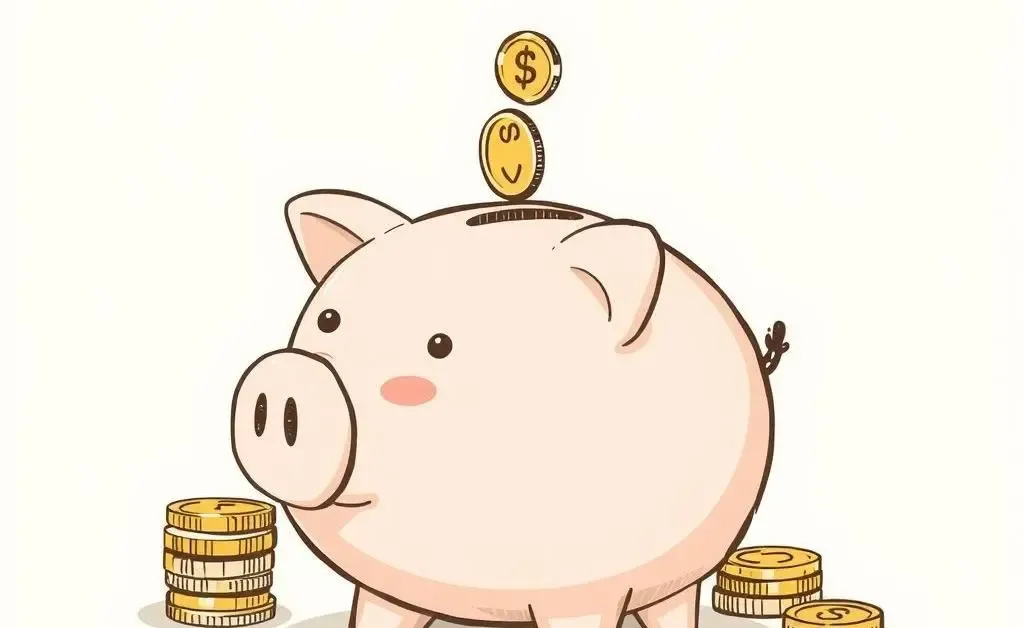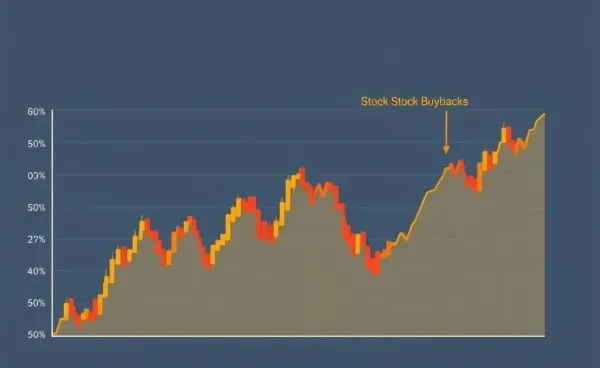Navigating Interest Rate Changes: A Personal Guide
Learn how to manage your finances amidst changing interest rates.

Hey there! So, you’ve probably heard a bit about how interest rates are shifting these days. It might seem like a complex topic, but let's sit down with a cup of tea and chat it through, shall we?
Understanding the Basics of Interest Rates
Interest rates are essentially the cost of borrowing money or the reward for saving. When rates rise, borrowing becomes more expensive, and saving becomes more rewarding. The opposite holds true when rates drop. Knowing this can be a powerful tool in managing personal finance.

How Do Interest Rates Affect Your Daily Life?
Interest rate changes affect everything from your mortgage to your student loan payments. If you're planning a big purchase, like buying a house or car, it’s worth checking if you’re getting a good deal amidst rate changes. Many people also find that these changes can influence their monthly budgeting directly. Let's break it down:
- Mortgages: Higher rates mean higher monthly payments.
- Savings Accounts: Higher rates yield more interest.
- Credit Cards: Payments become steeper with increased rates.
Steps to Take When Interest Rates Are On the Rise
Let’s get practical here. When you hear rates are rising, it might be a good idea to reassess your finances:
- Review Loans: Consider locking in a fixed-rate loan if you're planning to borrow soon.
- Increase Savings: Higher rates can be a great motivator to save more, especially in high-yield accounts.
- Budget Wisely: Adjust your budget to account for potential rate-driven cost increases.

Investment Considerations
Investments can be a bit tricky during times of rate shifts. Here's a simple strategy: diversify your portfolio to include both growth and income-producing assets. Bonds might lose value with rising rates, but dividend-yielding stocks often offer a buffer.
Finding Balance and Perspective
Adjusting to these changes requires a bit of patience and flexibility. Remember, financial health is a marathon, not a sprint. Embracing small, steady adjustments can lead to greater stability.

Ultimately, staying informed and proactive can empower you to make decisions that support not just your financial goals but also your peace of mind. Let’s chat again soon about how your financial journey is evolving!




